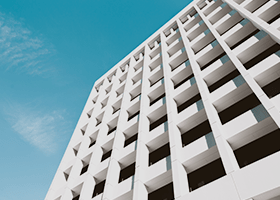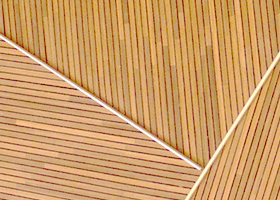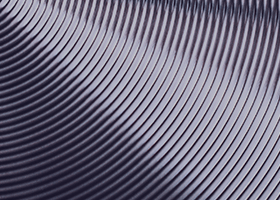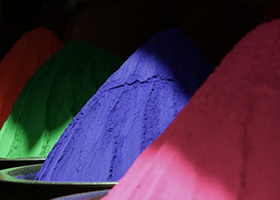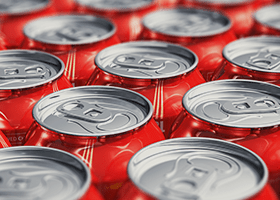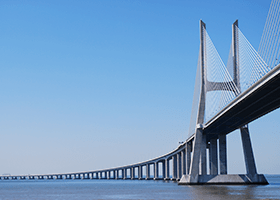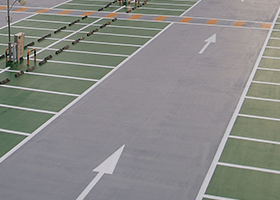This website uses cookies so that we can provide you with the best user experience possible. Cookie information is stored in your browser and performs functions such as recognising you when you return to our website and helping our team to understand which sections of the website you find most interesting and useful.
- Suggested keywords
- #Aisaengkag # FLAMECHECK # EPOCOAT
- PRODUCT14 Types
- Home
- Colture
- #Live
Land art across the natural landscape of Jeju Island
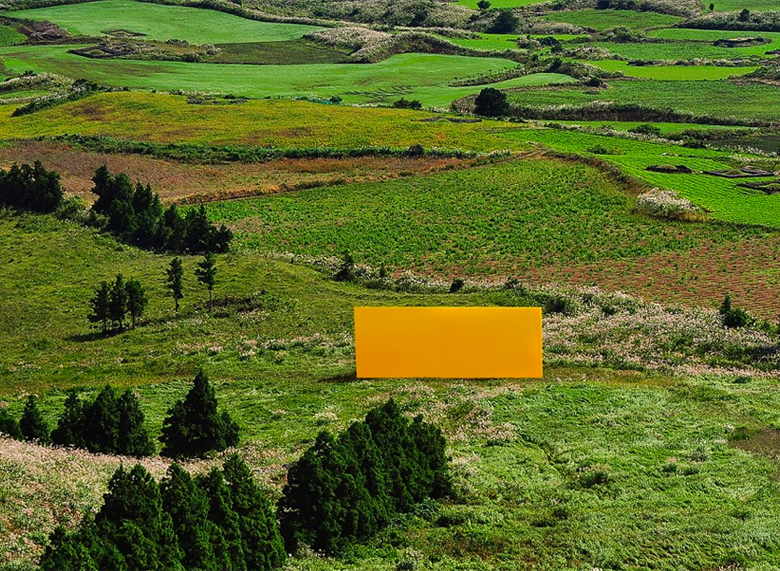
Using the vast landscape of Jeju as a canvas for art
The open blue sea, the hundreds of knolls known as oreum, and the carpets of canola flowers form the perfect natural canvas for land art that is the subject of the latest PAINT X PEOPLE project by Samhwa.
Land art is an increasingly popular genre, created against the vast backdrop of natural surroundings, such as deserts, mountains, and sandy beaches.
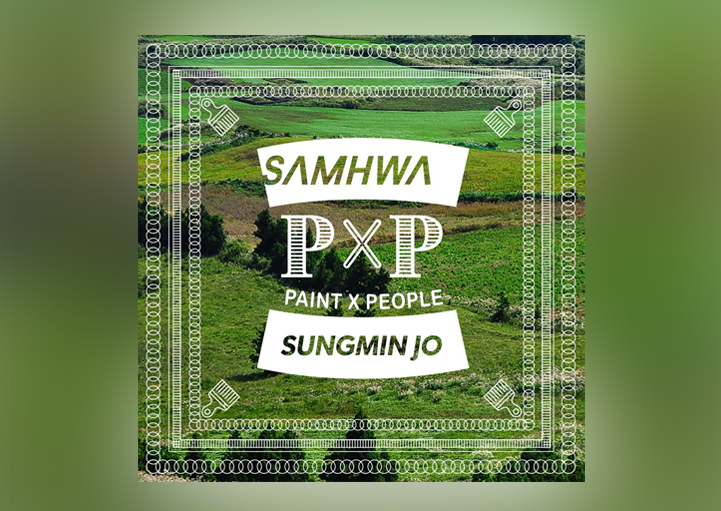
Land art is a relatively new field of exploration for Koreans, but one which more and more local artists are attempting. It encompasses not just the final outcome but also records the activity involved in creating that final outcome. Land art changes over time, naturally altering and ultimately disappearing, and this too is regarded as part of the artwork.
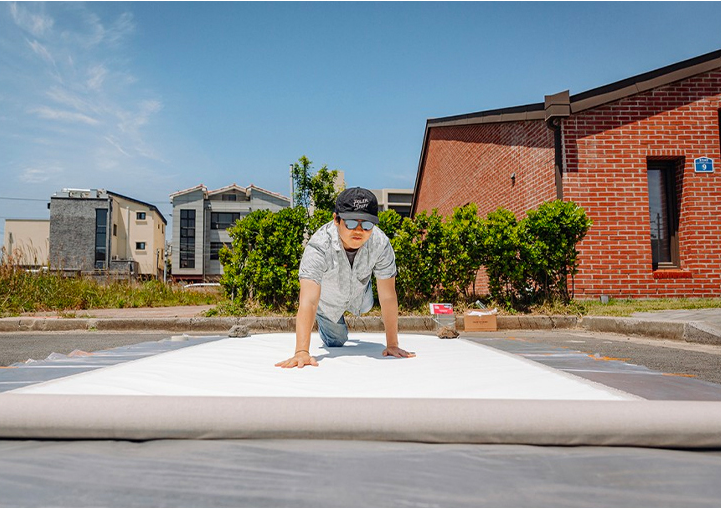
Inspiration
Artists confess that nature is the primary source of all the colors, shapes, and elements of art they use. Nature never ceases to amaze and inspire. Even the most famous of all artworks pale in size and effect when held up against nature and the effects of time it manifests. Nature humbles us all.
The current project involves painting a single canvas, five meters wide and 1.8 meters tall, in a single color, trying to capture as much of the sunlight, breeze, and air of Jeju as possible in the painting process itself.
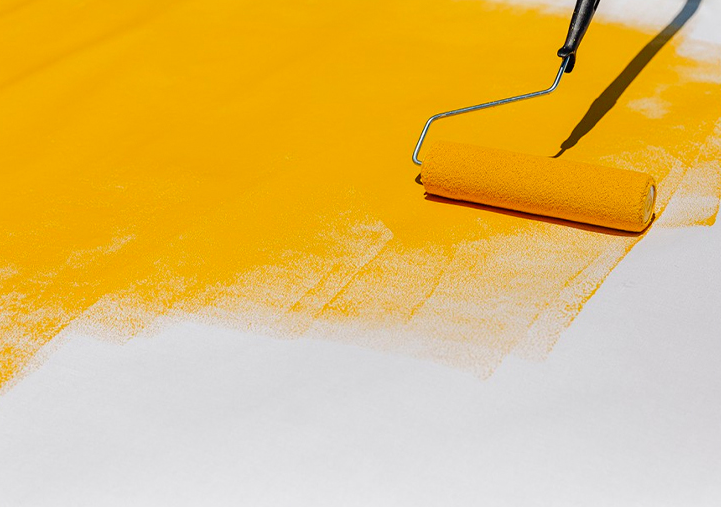
Choosing the colors
The color chosen for the canvas is Honey Topaz, reminiscent of the canola flowers that are ubiquitous during the Jeju spring. There are few things in life as pleasant as rolling a paint roller across a canvas. It’s truly satisfying to see the sizable space full of such bright, vivid color.
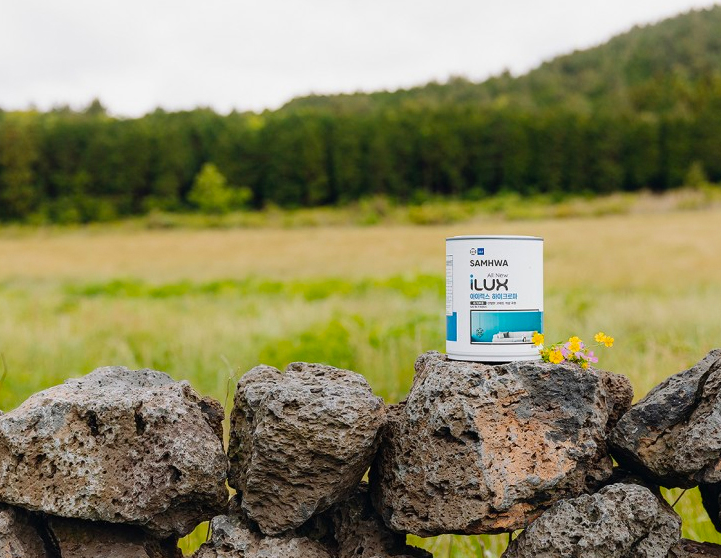
Choosing the paints
The paint used for this project is from Samhwa’s iLux High Chroma collection—a high-chromaticity series for both interior and exterior applications. The vividness of the color was a crucial consideration because it was important to create eye-catching artwork that would stand out against the expanse of the natural backdrop.
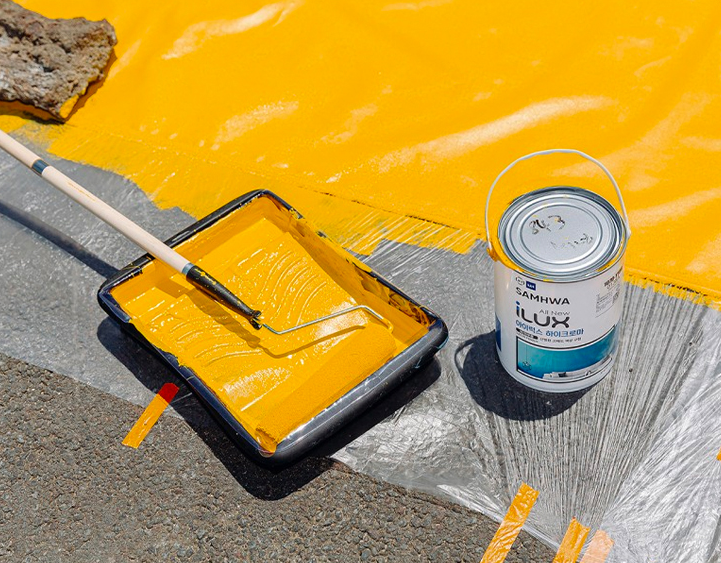
The iLux High Chroma paint helped create the vividly colorful artwork seen by the artist in his imagination. The canvas was completely dry after a brief coffee break—a testament to the extreme drying speed of these paints.
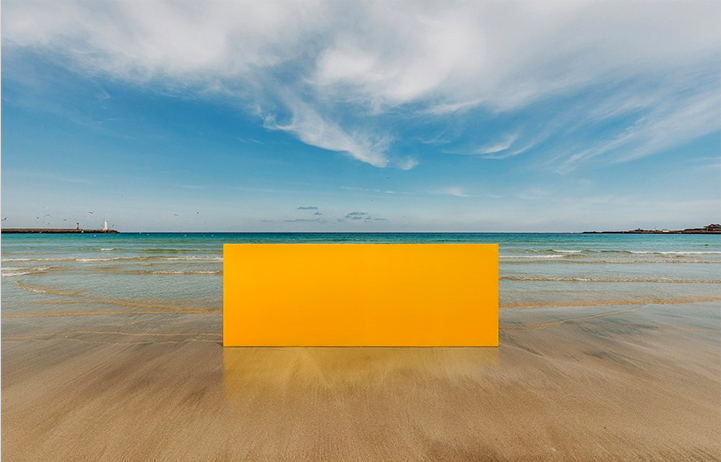
Finishing the work as part of the natural surroundings
Canola flowers on Jeju formed the principal inspiration for this project, which invites us to reimagine the role of art as more than a medium of self-expression, but also as a medium that enables the self to coexist seamlessly with nature.
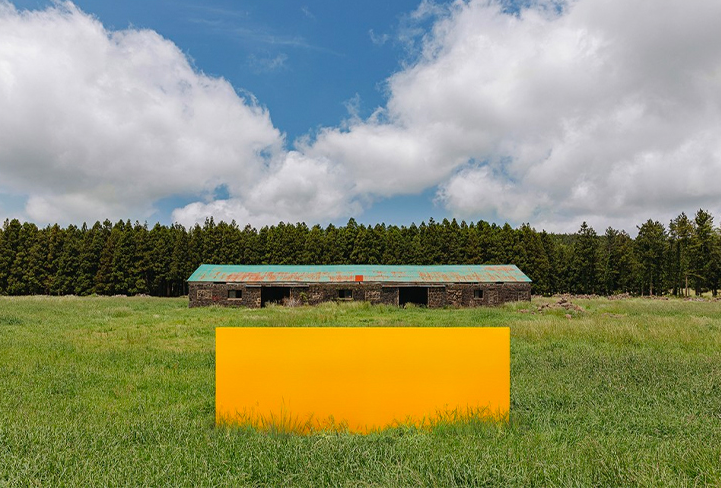
The lively yellow on the canvas naturally turns our attention to the surrounding landscape, of which we are just a part.
Land art gives us the chance to rethink the relationship between our art and nature.
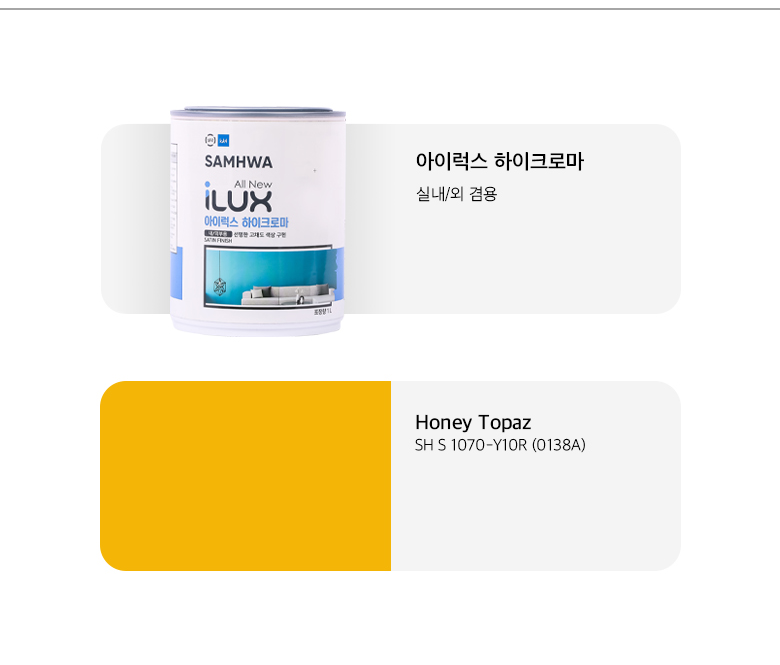
-
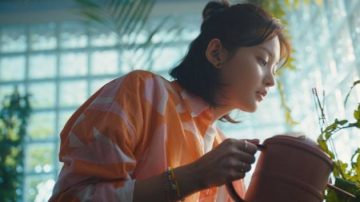 Make your home safe with Samhwa paints
Create your own sanctuary reflecting your taste with Samhwa Paint!
Make your home safe with Samhwa paints
Create your own sanctuary reflecting your taste with Samhwa Paint!
-
 [Monica x Sunwoo Jung-a] Collaboration Live – “Burst It All”
[Samhwa Paint X Monica X Sunwoo Jeonga] MotifPainting campaign final video! New challenges in a new space
[Monica x Sunwoo Jung-a] Collaboration Live – “Burst It All”
[Samhwa Paint X Monica X Sunwoo Jeonga] MotifPainting campaign final video! New challenges in a new space
-
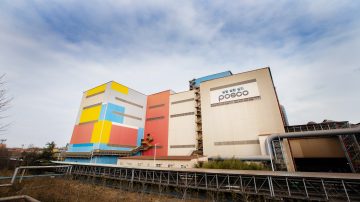 Samhwa: The guardian of safety on industrial sites across Korea
The technology to protect people and the world, it's reassuring because it's Samhwa! Samhwa Paint is always present in our daily lives!
Samhwa: The guardian of safety on industrial sites across Korea
The technology to protect people and the world, it's reassuring because it's Samhwa! Samhwa Paint is always present in our daily lives!
surroundings exceptional
Land art across the natural landscape of Jeju Island
2024.01.17
Using the vast landscape of Jeju as a canvas for art
The open blue sea, the hundreds of knolls known as oreum, and the carpets of canola flowers form the perfect natural canvas for land art that is the subject of the latest PAINT X PEOPLE project by Samhwa.
Land art is an increasingly popular genre, created against the vast backdrop of natural surroundings, such as deserts, mountains, and sandy beaches.

Land art is a relatively new field of exploration for Koreans, but one which more and more local artists are attempting. It encompasses not just the final outcome but also records the activity involved in creating that final outcome. Land art changes over time, naturally altering and ultimately disappearing, and this too is regarded as part of the artwork.

Inspiration
Artists confess that nature is the primary source of all the colors, shapes, and elements of art they use. Nature never ceases to amaze and inspire. Even the most famous of all artworks pale in size and effect when held up against nature and the effects of time it manifests. Nature humbles us all.
The current project involves painting a single canvas, five meters wide and 1.8 meters tall, in a single color, trying to capture as much of the sunlight, breeze, and air of Jeju as possible in the painting process itself.

Choosing the colors
The color chosen for the canvas is Honey Topaz, reminiscent of the canola flowers that are ubiquitous during the Jeju spring. There are few things in life as pleasant as rolling a paint roller across a canvas. It’s truly satisfying to see the sizable space full of such bright, vivid color.

Choosing the paints
The paint used for this project is from Samhwa’s iLux High Chroma collection—a high-chromaticity series for both interior and exterior applications. The vividness of the color was a crucial consideration because it was important to create eye-catching artwork that would stand out against the expanse of the natural backdrop.

The iLux High Chroma paint helped create the vividly colorful artwork seen by the artist in his imagination. The canvas was completely dry after a brief coffee break—a testament to the extreme drying speed of these paints.

Finishing the work as part of the natural surroundings
Canola flowers on Jeju formed the principal inspiration for this project, which invites us to reimagine the role of art as more than a medium of self-expression, but also as a medium that enables the self to coexist seamlessly with nature.

The lively yellow on the canvas naturally turns our attention to the surrounding landscape, of which we are just a part.
Land art gives us the chance to rethink the relationship between our art and nature.

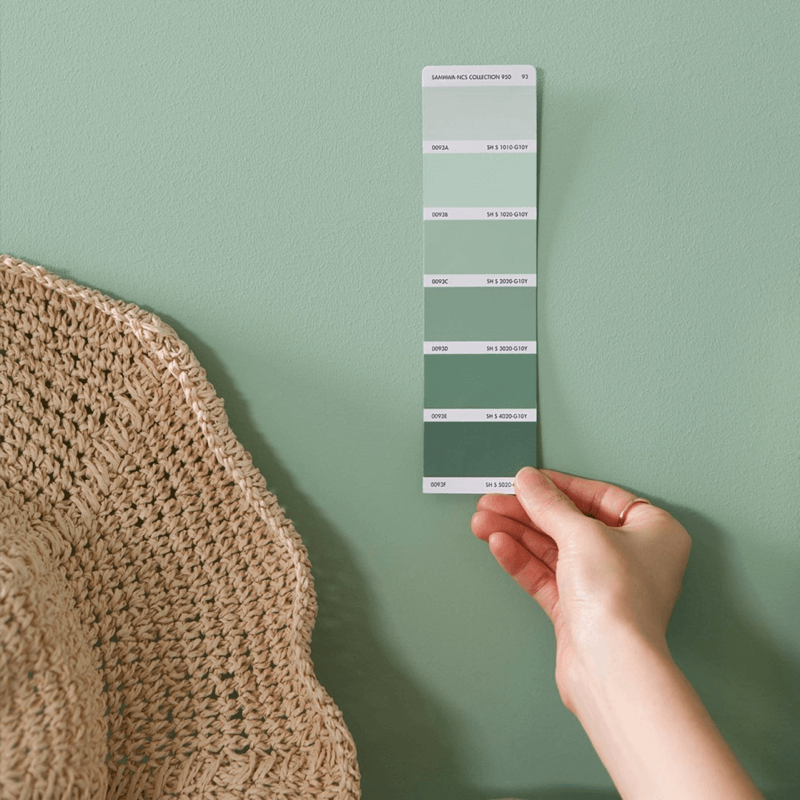 Wall paint
친환경 벽지 페인트
Wall paint
친환경 벽지 페인트
